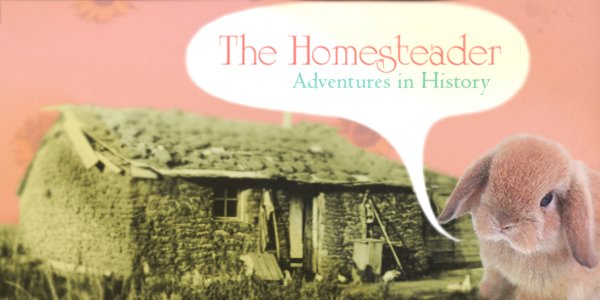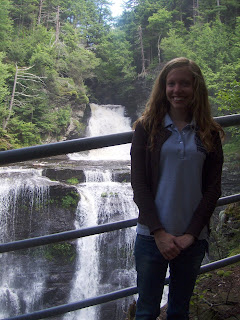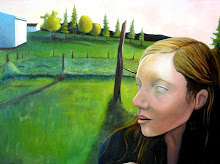I have always loved transcribing historical documents. My love of editing began when I took a class on public history at Kutztown and was assigned an Ethan Allen letter to transcribe and footnote. Since then I have prided myself on my ability to read highly illegible handwriting and my enthusiasm for hunting down the most insignificant historical details, names, and circumstances that documents allude to.
Yesterday, just before he left, my coworker Paul asked me if I would transcribe a few photocopies of letters written to Gifford Pinchot. I jumped at the chance, since I finished my cemetery project I have been looking for other things to do in my downtime at work. He told me that the letters were from a man named "Martinez" to Gifford Pinchot, but today when I read them I realized that they were not. Two of the letters were from John Muir to Gifford Pinchot, and one was from Bernard Fernow to Gifford Pinchot. Paul thought they were from someone named Martinez because that word appeared at the top of the letter next to the date, but I soon figured out that Martinez refered to the place the John Muir was writing from, probably Martinez, California.
If I really wanted to give myself a project I could do a little research on some of the people and events that were alluded to in the letters and add footnotes explaining them, but I think I will leave that to the next researcher who needs to use these letters.
Here are the letters as I transribed them:
Martinez, Oct. 28th 1896
My dear Pinchot,
I look back with pure pleasure to our pleasant times this last summer especially to our own big day of sunshine + starshine ??? the verge of the tremendous + awesome Colorado Canyon with heads level + hearts level + eyes upside down
I shall be very glad to get the report of the grand Commission from which only good can come to the noble forests we so joyfully wandered through this last summer
I’ll look up the copy of your pine book first time I go to the city. Never mind Fernow go ahead with your own work + very soon he will become polite + good. Remember me to your Mother + father the delightful evenings I enjoyed with them in New York home I shall never forget
With kindest regards + best wishes I am dear Pinchot ever yours John Muir
Martinez, 17, Dec, 1896
My Dear Pinchot,
Your handsome little pine book just arrived + I promise much pleasure + grin in reading it. I inquired for the other copy at the Sierra Club room but could not find it.
You do just right “going ahead full steam” with other work instead of wrangling with F. or any other fellow. “ Twill soon be dark, up, mind thine own aim + God speed the mark.”
I doubt not the wisdom of the commission in withholding their report from the coming Congress but had hoped a few more forest reservations might have been made by Cleveland in his term of office expired
I’ll be delighted as you know well to see as much of you as possible when you next go into God’s woods. The memory of last summer’s tramps is delightful
Remember me to your mother + father + beloved
Ever cordially yours John Muir
Oct 4/90
My Dear Pinchot,
My last letter will have been a disappointment to you, so I wish try to put on salve!
I have agreed + decided to allow the position of Assistant Chief which is now officially filled as you know, by Mr. Egleston, to remain vacant until you are fully prepared to take it, inviting meanwhile all of the applicants for the position to act as agents for the division and with the anticipation that they are not fit for the place + that you will be in time reserving it for you. This decision was arrived at by Mr. Willet + myself because from what I know of you + told him, we were convinced that you would be the proper man, when the time came. Now I want you to finish up as fast as you can – and as thoroughly as you may in a short time – your studies in Europe and then come over and in some way get the knowledge which you can only acquire here namely knowledge of the country’s flora. How to do this may depend upon circumstances perhaps with this division, but I should prefer outside of it. Attaching yourself to some firm or expedition or traveling on your own book. Over time you may feel assured of that you made no mistake in your course so far that your future success assured as the first American forester.
Sincerely Yours,
B. E. Fernow
Let me know how you mean to dispose of your time.
Very busy here!
As you can see these letters were written early in Pinchot's career. It was before he and Muir had their falling out because Muir is very warm and friendly towards Pinchot. The Fernow letter was obviously written to Pinchot when he was still studying in France. Pinchot would go on to refuse the job as the assistant cheif that Fernow offered him in the letter.
I will post a picture of the letters so that you can get a sense of what the handwriting was like soon.























































